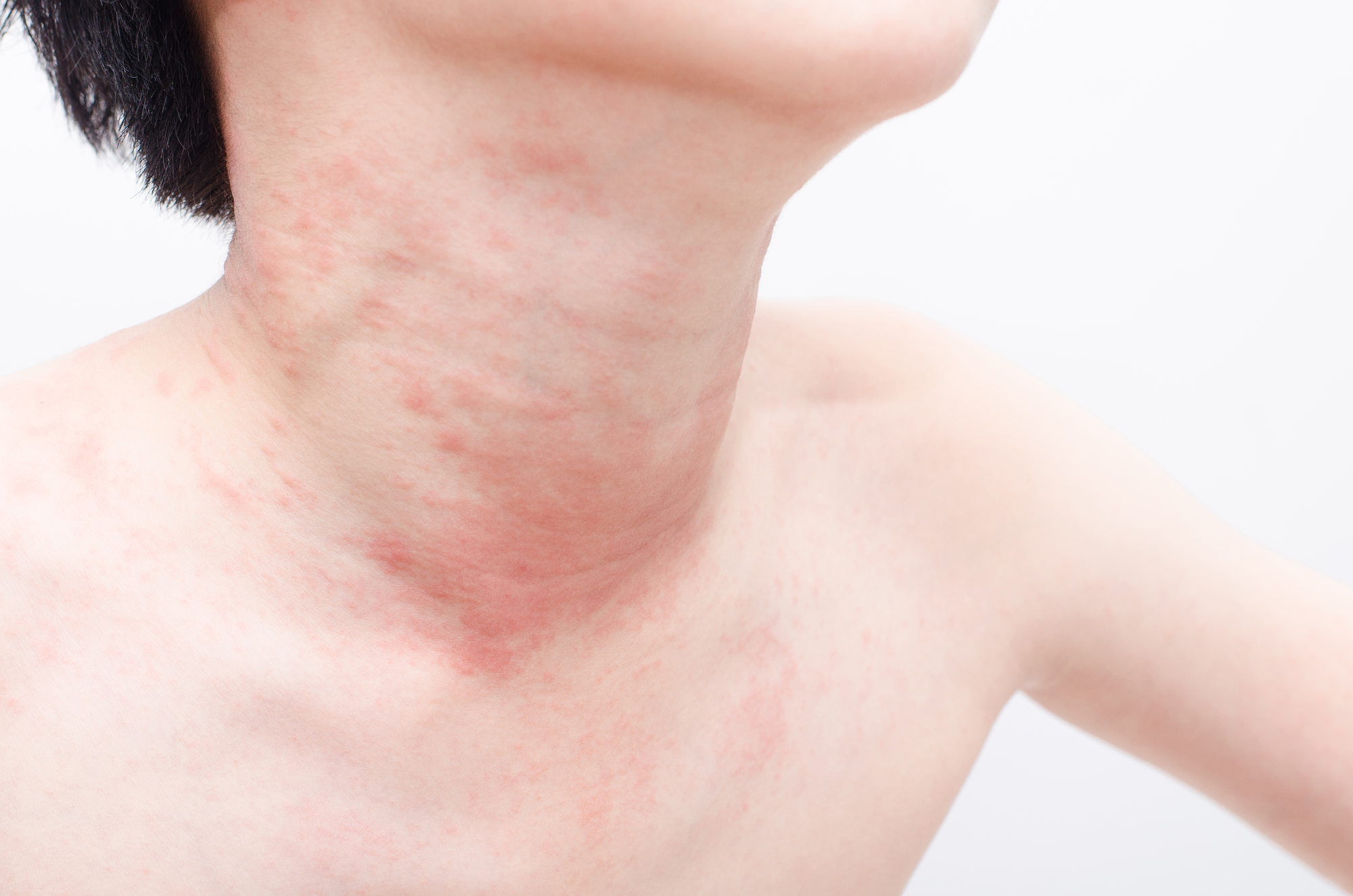Any ocean trip is bound to be fun, but you should always pay attention to hazardous marine life. Luckily, there are warning signs on popular beaches that tell you if there are dangerous marine animals around.
Most people are familiar with the well-known dangerous marine animals such as sharks and jellyfish, particularly since they’re pretty easy to spot in the water. However, you might feel a false sense of security if you don’t see any obvious dangerous marine life.
If you’re snorkeling or diving near a coral reef, there’s a good chance that you’re coming in close contact with a little-known creature that can cause extreme discomfort and pain.
Fire corals.
But what are fire corals, and what harm can they do? More importantly, how can you treat fire coral injuries if you get them?
Let’s find out!
What are Fire Corals?
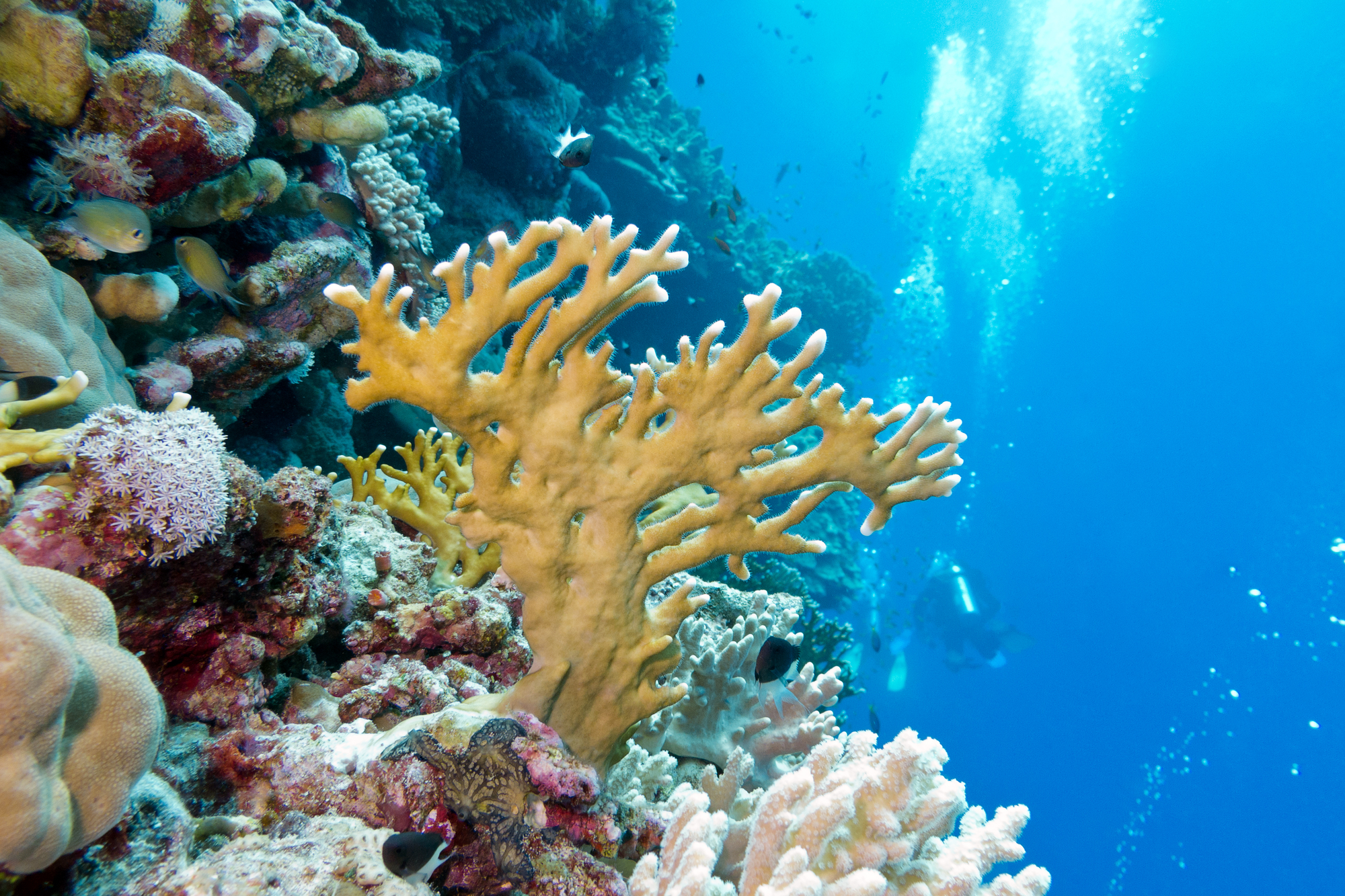
Despite their name and appearance, fire corals are not true corals. Fire corals (Mililepora sp.) are a member of the Hydrozoa class, making them related to other stinging ocean animals such as jellyfish and sea anemones.
Fire corals are named as such because they look remarkably similar to true corals. They have a calciferous external surface, making them look stony. They also grow in colonies on underwater hard surfaces such as rocks and on coral reefs. To the untrained eye, it can be difficult to identify fire corals growing on coral reefs since they are usually brownish or yellow-green in color.
Fire corals are commonly found off the coast of Florida, in the Caribbean, and all over the Bermuda platform.
Fire Coral Infection
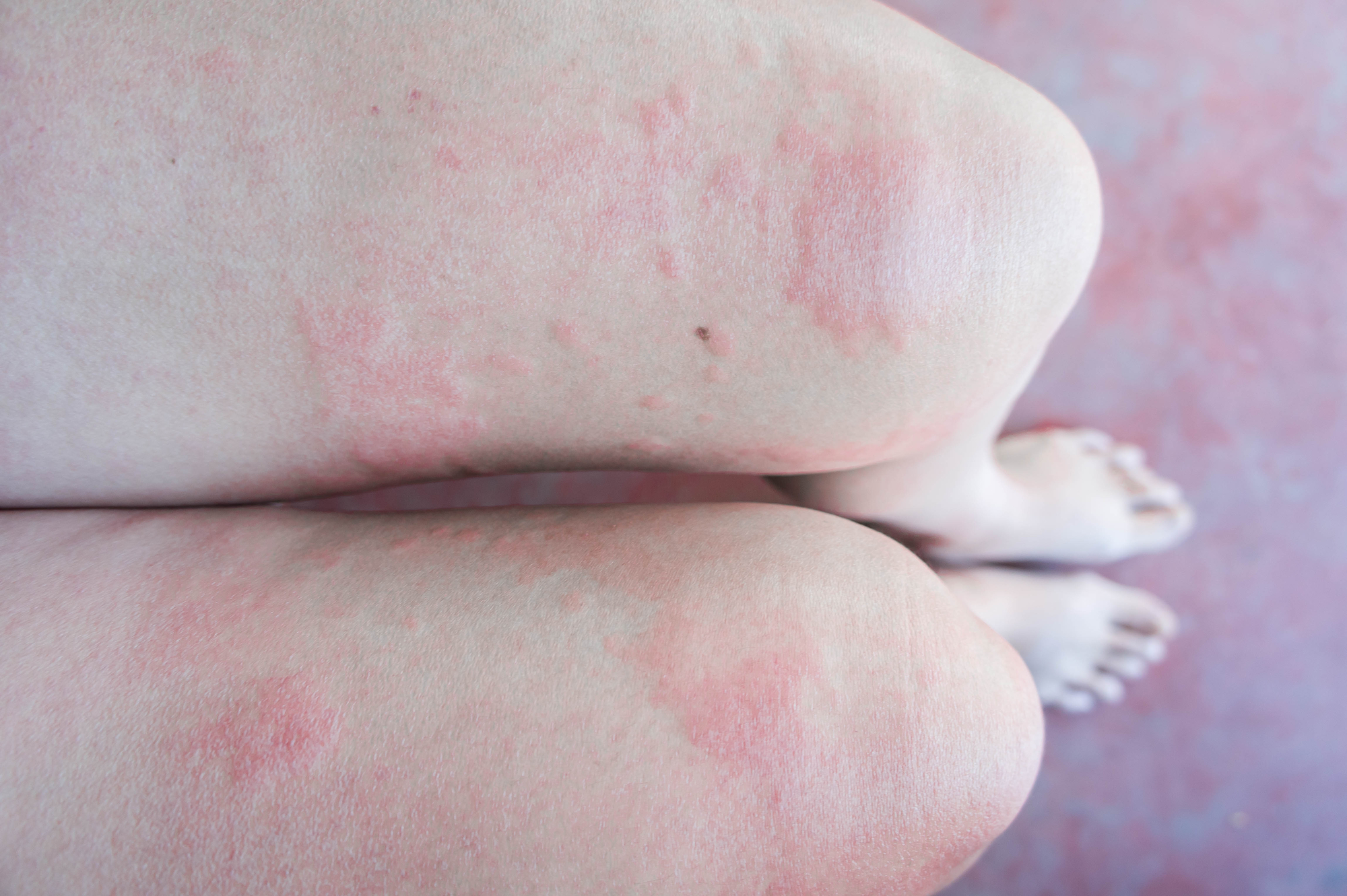
Fire corals get their name from the intensely painful burning sensation that you will feel when your skin comes in contact with these animals. Tentacles protrude from numerous surface pores on fire corals' cnidoblast (a small organ in some marine animals consisting of a minute capsule). Fire corals also have an external skeleton with sharp calcified edges that can scrape the skin, further worsening the pain you feel.
The burning sensation comes from a toxin similar to jellyfish venom. As such, the signs and symptoms of fire coral rash are similar to jellyfish stings.
Signs and Symptoms of Fire Coral Rash
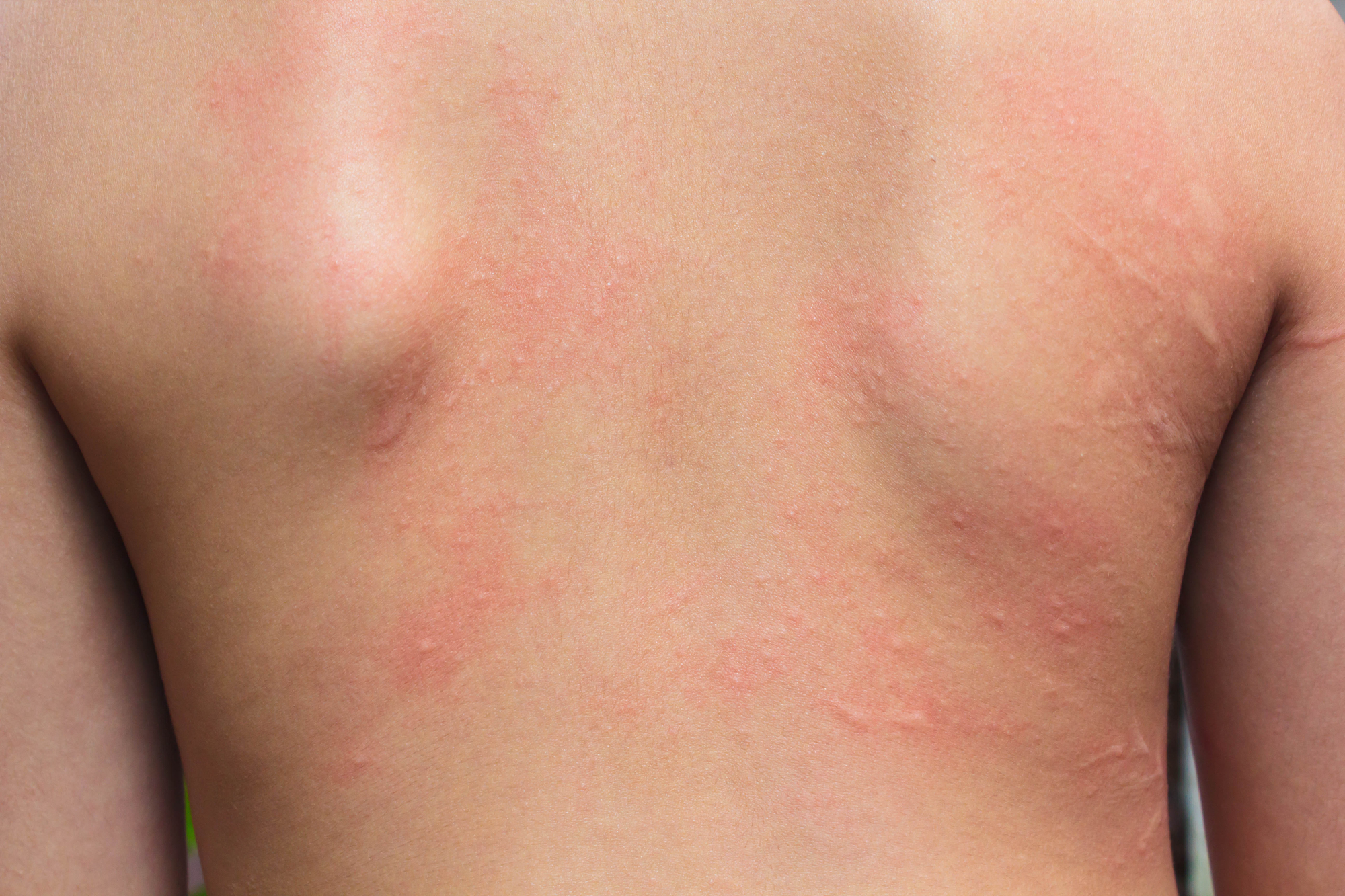
A burning sensation may occur after contact and last for several hours. A skin rash is common, and it appears minutes to hours after contact. The skin rash may take several days to heal, depending on your immune system and the location of your injury.
The skin reaction usually goes away in a day or two, but it can reappear days or weeks after the initial rash goes away. The most dangerous fire-coral injuries are lacerations, which occur when an open wound receives internal envenomation. However, its venom is poisonous and is known to cause tissue damage around the wound. Keep an eye on these injuries because these tissue damages are an ideal environment for the growth of serious infections.
Treating Fire Coral Rash
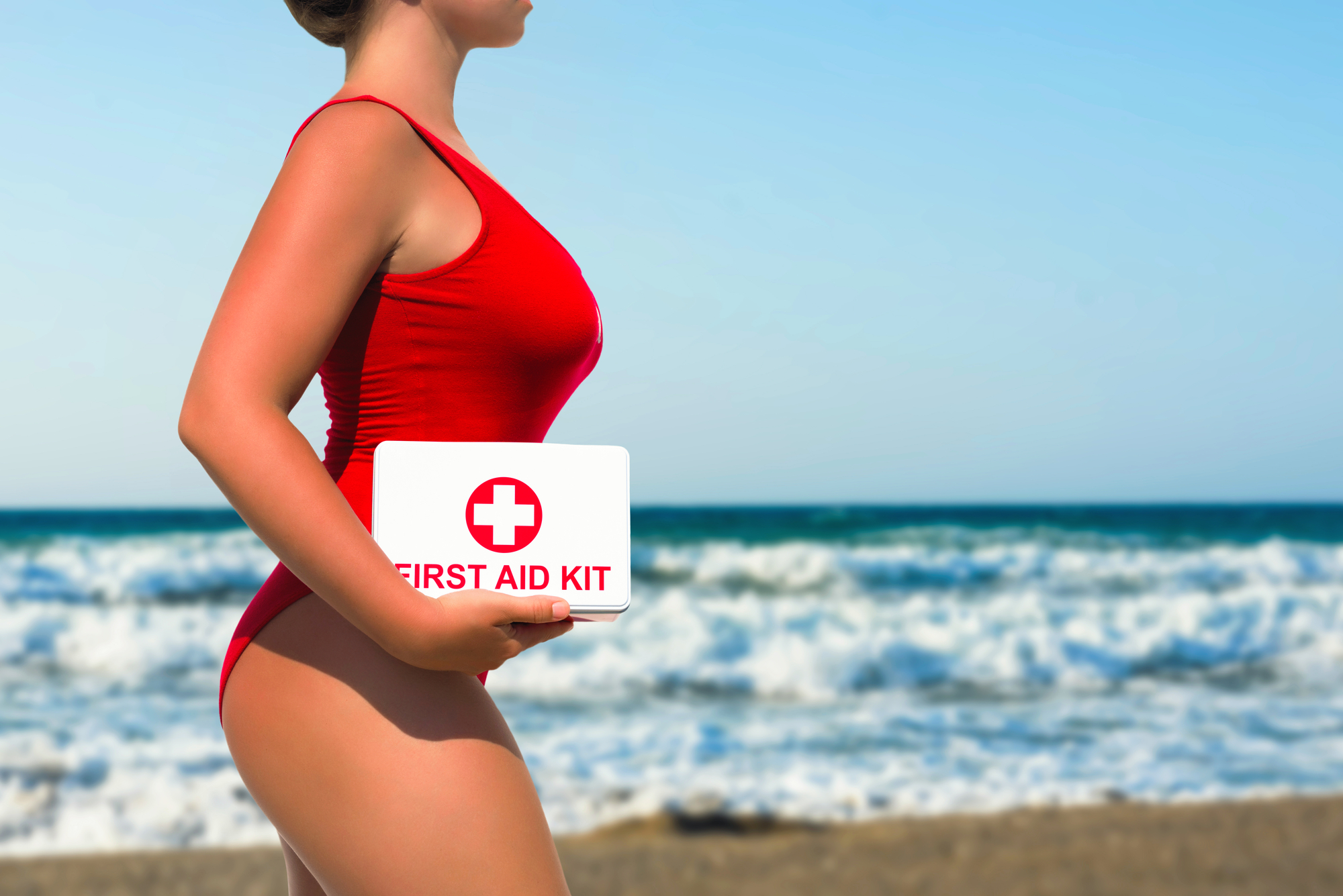
If you are affected:
- Accept the first aid from the aider.
- Seek medical advice from a professional. Any doctor, regardless of dive medicine knowledge or training, should be able to assist.
- Scars may leave a mark when exposed to sunlight, so immediately protect wounds from the sun.
If someone else is infected:
- Administer first aid. You have a responsibility to an injured swimmer or diver to provide first aid when possible.
- Do not just use popular first aid remedies such as urinating on the wound. Use your common sense and avoid trying to solve problems with the traditional method that are not yet proven. Keep in mind that you could be held liable.
- You should have a medical professional examine the person who is infected by the rash.
Administering First Aid:
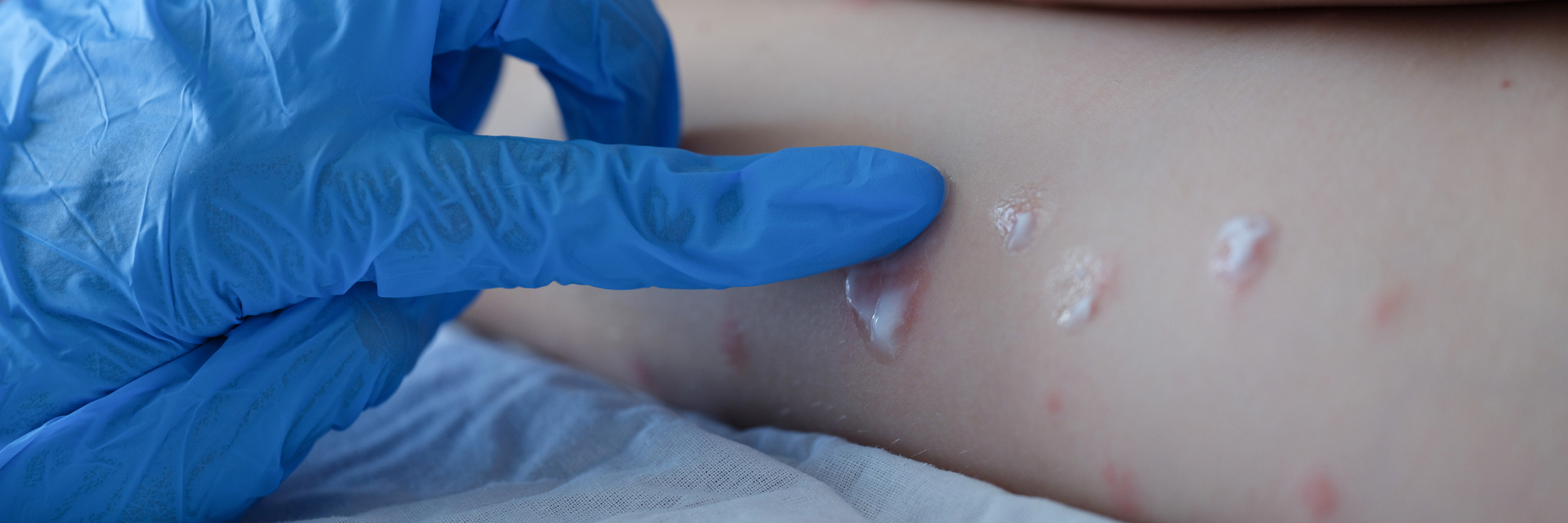
1. Using salt water, rinse the affected area. Avoid using fresh water since it will only worsen the pain.
2. Pour vinegar onto the infected area.
3. Do not touch the infected area and do not cover it with anything.
4. Immediately go to the hospital and tell the doctor about what happened.
Since the infection is commonly symptomatic, the treatments are also symptomatic. You can treat fire coral symptoms with anti-inflammatory drugs and antihistamines to reduce swelling, pain, and itchiness. If there is an open wound, you should also sterilize the wound with an antiseptic solution to prevent secondary infection.
Never delay treating fire coral injuries! If left untreated, fire coral venom can kill healthy tissue within hours of the initial infection. If the infection is severe, it's possible that antibiotics and a tetanus booster will be required.
Preventing Fire Coral Rash
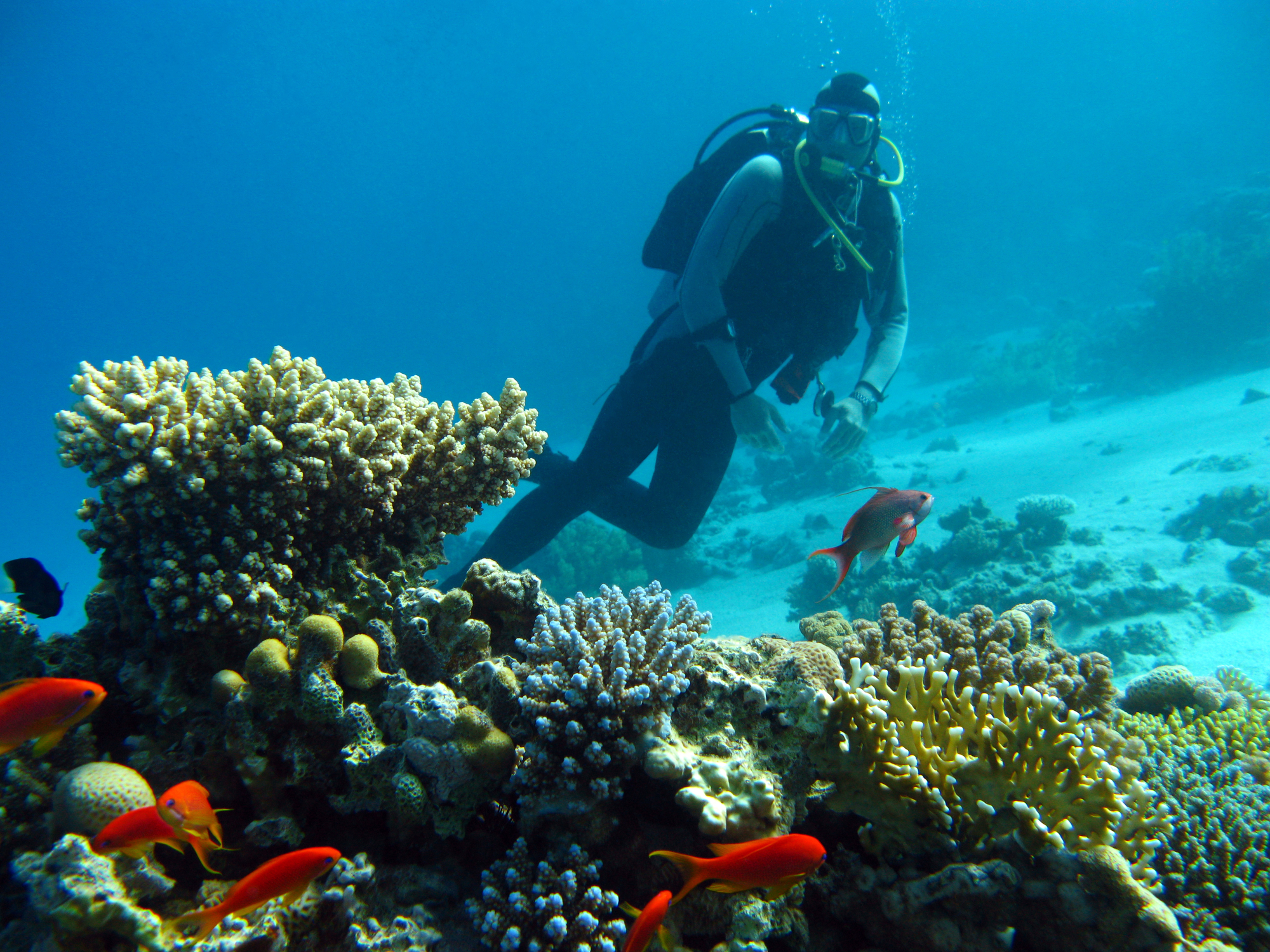
Remember the old saying: an ounce of prevention is better than a pound of cure. Avoid brushing against coral reefs as much as possible, both to avoid contact with fire corals and damage to the reef. Never touch a coral reef if you are not trained in identifying coral species. You should protect as much exposed skin as possible, so wear a wetsuit or a rash guard and shorts when diving or swimming.
If you have an open wound, you should avoid going into the ocean as much as possible. Even if you don’t get fire coral rash injuries, your wounds can still get infected by the marine microorganisms and debris in the water.
Finally, limit your ocean adventures during the rainy season, since fire coral populations tend to increase during these months.
If Fire Coral Rash Deadly?
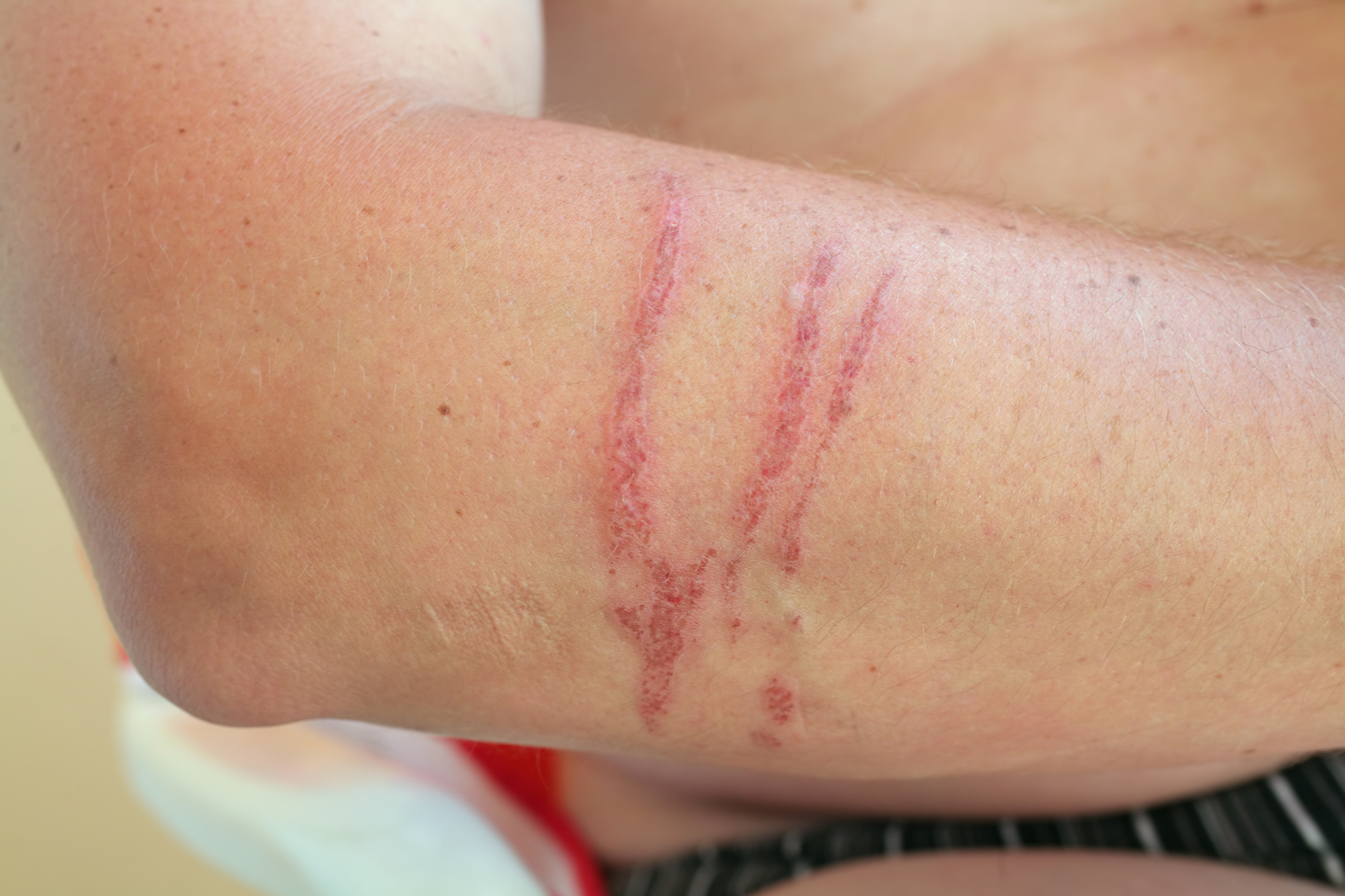
Although fire coral rash is painful and uncomfortable, it is not usually lethal. However, it can become deadly if you experience an extreme allergic reaction and go into anaphylactic shock. If you go into anaphylactic shock, you can end up suffocating and drowning in minutes.
This is why it is critical to swim or dive in pairs or in groups. You should also have a first aid kit with an EpiPen on hand in case of an allergic reaction.
Conclusion:
Having safety precautions during diving or surfing can spare you from the effects of fire coral rash. No matter how experienced you are as a diver or a swimmer, always research ocean conditions before going out in the water.
The number one rule of going into the ocean: assume that any marine organism can harm you! The dull coloration of fire corals can mislead you, so never touch anything underwater if you can help it.
If you are infected by the fire coral rash, make sure to seek professional help after having the first aid and do not leave it be since it is potentially toxic to your body.
It’s never worth going through a painful fire coral rash just for a few seconds of getting close to a reef. Keep your distance and enjoy the view from afar.

